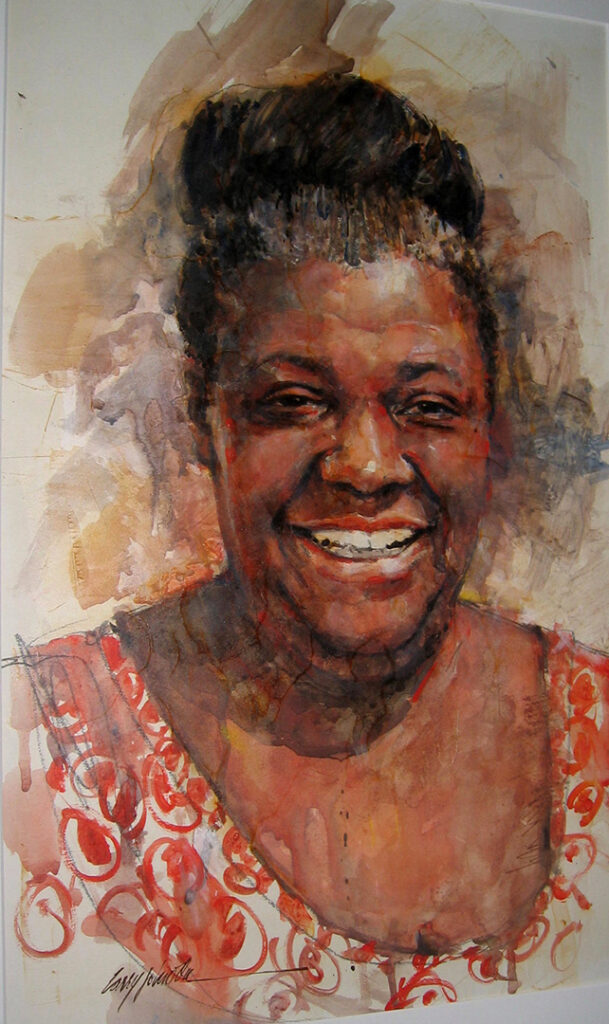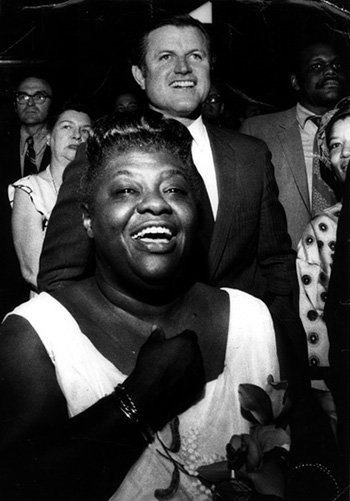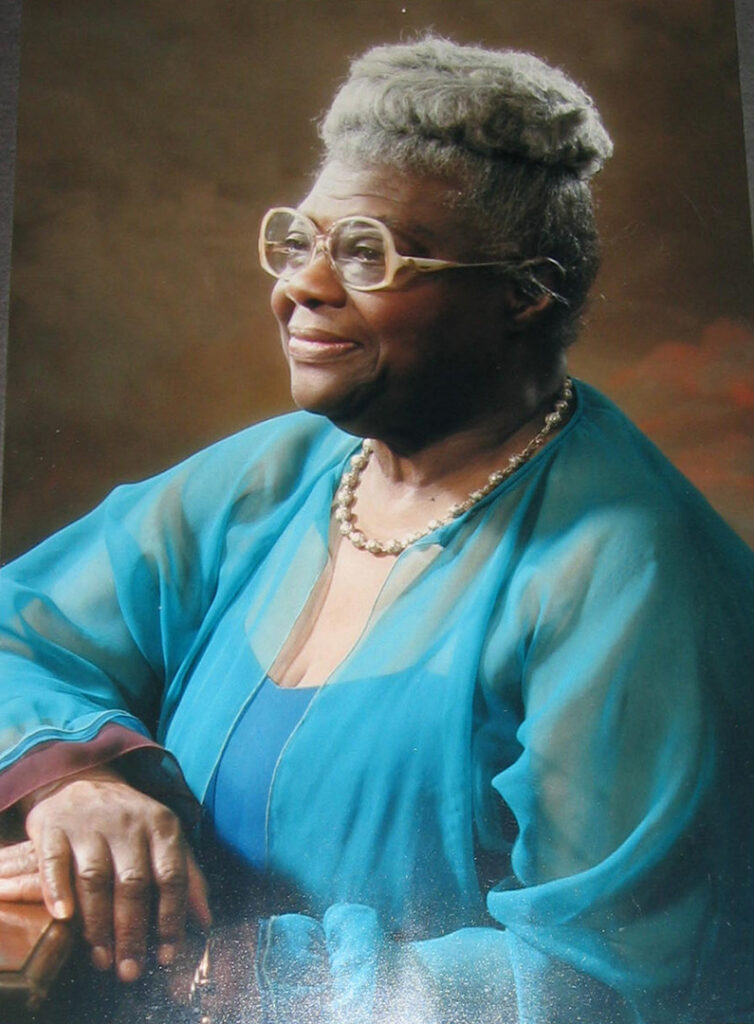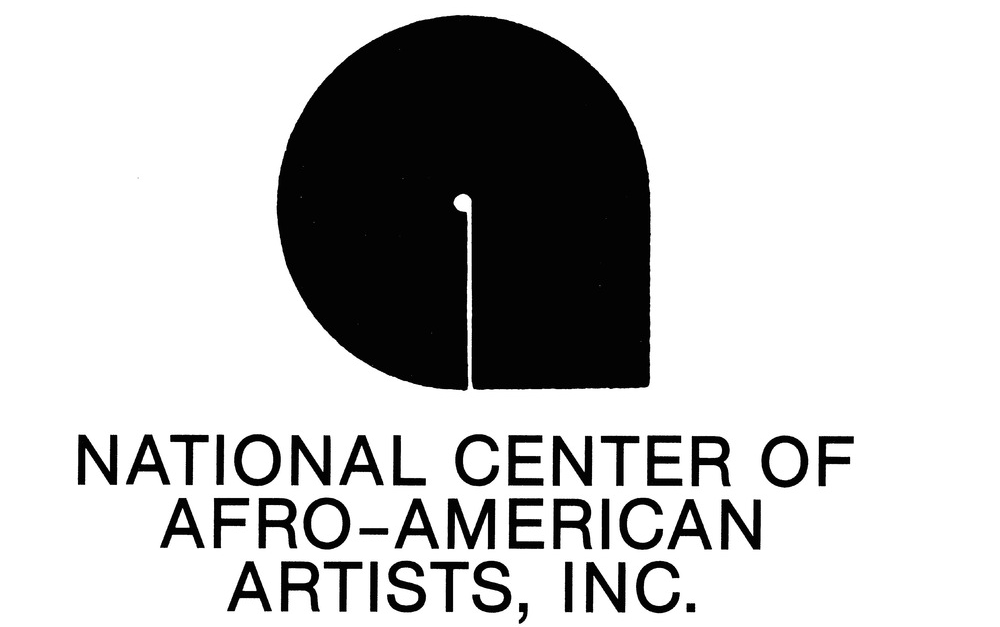
The daughter of Barbadian parents who immigrated to Boston in the early twentieth century, Elma Ina Lewis was born September 15, 1921. She died New Year’s Day 2004 of diabetic-related complications. Over her life, she was nationally and internationally recognized as a visionary arts leader, teacher and humanist. Additionally, she was in the first cohort of fellows to receive the John D and Catherine T MacArthur grant.
Miss Lewis, as she was universally known, founded the Elma Lewis School of Fine Arts (ELSFA) in 1950 before foundations and corporations were interested in such projects for black youth. Her school, which emphasized music and dance, produced many students who found work in Broadway musicals, and who built professional careers in the theater. Among such students were Kenneth Scott who was The Wiz on Broadway, and Leslie Barrow who built a distinguished career dancing and teaching dance in Germany.
In l966, Miss Lewis launched the Elma Lewis Playhouse-in-the-Park, which presented free nightly performances in Franklin Park, Boston’s largest, featuring such greats as Odetta, Billy Taylor, Michael Babatunde Olatunji and Duke Ellington.
In 1968, following a national conference of black creative intellectuals convened by Columbia College in Chicago, Miss Lewis founded the National Center of Afro-American Artists (NCAAA). It consisted of professional programs in the visual and performing arts paralleling the divisions of the ELSFA. Her goal was to bring together in one complex the best in teaching and professional performance and practice, while affirming a populist commitment to arts accessible and cultural heritage.
Under her direction, ELSFA built a unique teaching program emphasizing character-building, craft mastery and multi-disciplinary arts instruction integrated through performance and exhibitions. With a staff exceeding a hundred, ELSFA annually offered rigorous classes in all arts disciplines to more than four hundred six to twelve year-old boys and girls plus a hundred teen and adults, and nearly as many inmates studying the arts and technical theater in Norfolk Correctional Institution, where in cooperation with the prestigious Little, Brown, Publishers, the men wrote “Who Took the Weight”, a book of verse and essays.

Extraordinary teachers of superb professional standing—such as African percussionist M. Babatunde Olatunji, dancer-choreographers Talley Beatty, Billy Wilson and George Howard, along with brilliant Bostonians such as musician/composer John A. Ross, Fashion Carousel team Gus and Lucy, dramatist Vernon Blackman—taught at the school where most students paid minimal fees.
NCAAA professional companies in dance and music, often drawing on the ELSFA’s students, flourished, performing in Boston, at Jacob’s Pillar, in Carifesta in the Caribbean, as well as in Brazil, Senegal, and Europe. The creative mix was intoxicating, and from it came many exciting productions including the NCAAA’s well-known production of Langston Hughes’ Black Nativity.
For the visual arts, Miss Lewis enlisted the help of the Museum of Fine Arts, Boston, (MFA) in developing and sustaining the NCAAA’s Museum under the direction of Edmund Barry Gaither. This relationship produced nine jointly sponsored MFA exhibitions featuring the finest in African and African-American visual arts.
In l986, teaching and performing arts programs of the NCAAA were interrupted due to a fire, however the Museum continued on a separate site. Presently, new plans are being made to restore the teaching and performing arts divisions of the NCAAA, to expand its Museum, and to endow its future.
Miss Lewis’ work brought many famous figures to Boston and to her students, including activist/pugilist Muhammad Ali, actors Ossie Davis and Ruby Dee, musicians Thomas Dorsey, Mary Lou Williams and Eubie Blake, and civic leader Leon Sullivan. Eartha Kitt, Nina Simone, and many stellar personalities made a point of visiting her center.
During Boston’s 350th anniversary celebrations, she caused Dakar, Senegal to be invited to the Great Cities of the World Conference, and she facilitated Gaither’s presentation of “Contemporary Art of Senegal” at the Museum of Fine Arts, as well as “Poetry of the Negritude Movement” at the French Library.

Miss Lewis hosted the first delegation from the People’s Republic China to visit the United States during the Nixon presidency, and still later co-hosted United States Ambassadors to African nations at Boston’s zoo.
Miss Lewis possessed an extraordinary will inspired by Marcus Garvey’s philosophy of self-reliance and nationalism. She visualized an artistic and cultural center that would empower and dignify black creative and intellectual development, and celebrate black artistic genius on the world stage.
Her life’s work was to establish this dream, through her teaching and through the institutions that she founded. As a visionary, Miss Lewis’s dream was extraordinarily powerful. Tens of thousands were touched directly by her school and the NCAAA performances locally, nationally and internationally. Additionally, her vision and work commanded national respect as demonstrated by honors such as the Presidential Medal for Art presented to her by President Ronald Reagan, and her designation as a Fellow in the first group of John D. and Catherine T. McArthur Foundation Awardees.
